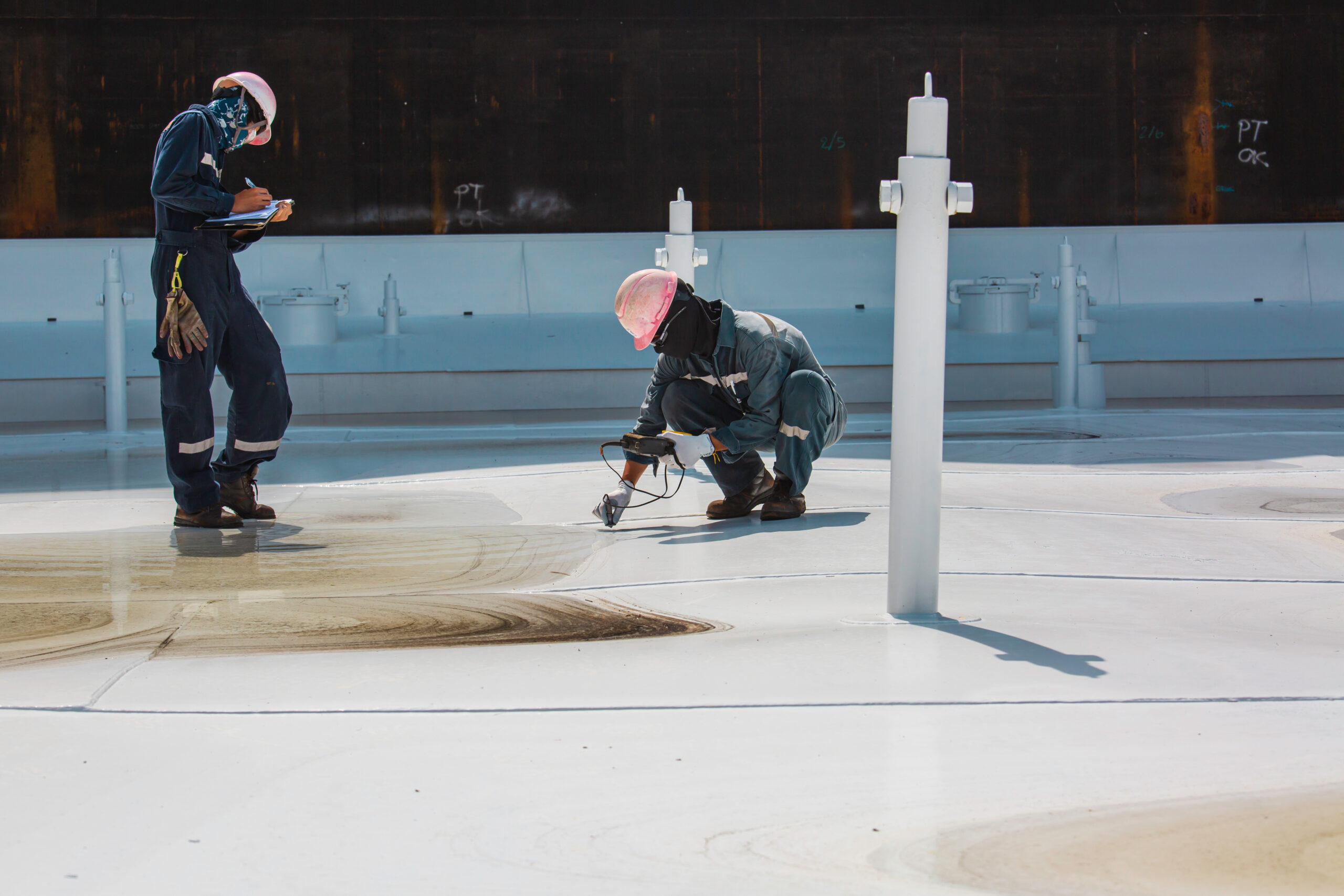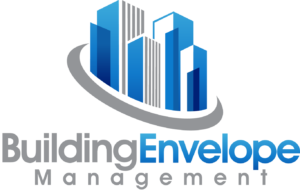Understanding the Importance of Moisture Detection
Moisture detection plays a critical role in the maintenance and preservation of buildings. From residential homes to commercial properties, the presence of excess moisture can lead to significant structural issues, health concerns, and costly repairs. Moisture surveys, conducted using various detection methods, help identify hidden problems early, enabling timely intervention and cost-effective solutions. This blog will explore the importance of moisture detection, the different methods used in moisture surveys, and the benefits of each method in reducing repair costs.
The Hidden Dangers of Moisture
Excess moisture in buildings can cause a myriad of problems, often hidden from plain sight. These issues include:
- Structural Damage: Prolonged exposure to moisture can weaken building materials such as wood, drywall, and concrete, leading to structural instability. This can result in sagging floors, cracked walls, and in severe cases, the collapse of structural elements.
- Mold and Mildew Growth: Moist environments provide the perfect breeding ground for mold and mildew, which can cause health issues such as respiratory problems and allergies. Mold spores can spread quickly, contaminating air quality and affecting the health of occupants.
- Electrical Hazards: Moisture can seep into electrical systems, increasing the risk of short circuits and fire hazards. Electrical components exposed to water can corrode, leading to dangerous malfunctions.
- Aesthetic Damage: Water stains, paint peeling, and warping of floors and walls can compromise the aesthetic appeal of a property. This can result in a significant decline in the visual appeal and overall value of the building.
Cost Implications of Undetected Moisture
Ignoring or overlooking moisture issues can result in:
- Expensive Repairs: Delayed detection and intervention can lead to extensive damage, necessitating costly repairs and replacements. Small leaks can evolve into major structural issues requiring significant financial investment to fix.
- Increased Energy Costs: Moisture can affect the insulation properties of building materials, leading to higher energy consumption for heating and cooling. Damp insulation materials are less effective, forcing HVAC systems to work harder.
- Decreased Property Value: Properties with visible moisture damage or a history of mold issues often suffer from reduced market value. Potential buyers may be deterred by the prospect of hidden moisture problems and the associated costs of remediation.
Early detection through moisture surveys is essential to mitigate these risks and ensure the longevity and safety of buildings.
Different Moisture Detection Methods
- Visual Inspection
Description: The simplest form of moisture detection, visual inspection involves a thorough examination of the property to identify visible signs of moisture damage.
Benefits:
- Cost-Effective: Requires minimal tools and can be performed by trained personnel. This method involves using the naked eye to look for obvious signs such as water stains, discoloration, and physical damage to materials.
- Quick Identification: Allows for the immediate identification of obvious moisture-related issues such as water stains, mold, and peeling paint. Inspectors can quickly determine areas needing further investigation.
Limitations:
- Surface-Level Detection: Limited to visible areas and cannot detect hidden moisture problems within walls, floors, or ceilings. Many moisture issues remain concealed behind surfaces, making visual inspection insufficient for comprehensive detection.
- Moisture Meters
Description: Moisture meters are handheld devices that measure the moisture content in building materials. There are two main types: pin-type and pinless meters.
Pin-Type Meters:
- Functionality: Use electrodes that penetrate the material to measure electrical resistance, which correlates with moisture content. The moisture content is calculated based on the resistance encountered by the electrical current.
- Benefits: Provides accurate readings for specific spots; useful for materials like wood and drywall. The pinpoint accuracy of these meters allows for targeted investigation of problem areas.
- Limitations: Invasive, as it requires puncturing the material; not suitable for finished surfaces. This can cause minor damage to the material being tested.
Pinless Meters:
- Functionality: Use sensors to measure moisture levels based on electromagnetic waves without penetrating the material. These sensors detect changes in the dielectric constant of the material caused by moisture.
- Benefits: Non-invasive; can scan large areas quickly. Pinless meters are ideal for finished surfaces and areas where invasive testing is not desirable.
- Limitations: May be less accurate for materials with varying densities. The readings can be affected by the type and thickness of the material.
- Infrared Thermography
Description: Infrared thermography uses thermal imaging cameras to detect temperature variations on surfaces, which can indicate the presence of moisture.
Benefits:
- Non-Invasive: No need for physical contact or penetration of materials. This method allows for thorough inspection without causing any damage to the building.
- Wide Coverage: Can scan large areas quickly and detect moisture behind walls, ceilings, and floors. Infrared cameras can cover extensive areas, making them ideal for large properties.
- Visual Representation: Provides visual images that make it easy to identify and locate moisture issues. The thermal images highlight temperature anomalies, helping to pinpoint moisture hotspots.
Limitations:
- Interpretation Required: Requires trained professionals to accurately interpret thermal images. Misinterpretation of the images can lead to incorrect conclusions.
- Initial Cost: Equipment can be expensive, although the long-term benefits often outweigh the costs. The high cost of thermal cameras may be a barrier for some property owners.
- Hygrometers
Description: Hygrometers measure the relative humidity in the air, helping to identify areas with high moisture levels that could lead to condensation and mold growth.
Benefits:
- Continuous Monitoring: Can be used for ongoing monitoring of humidity levels in a building. This helps in maintaining optimal humidity levels and preventing moisture problems from developing.
- Preventive Tool: Helps in identifying conditions conducive to moisture problems before they occur. By monitoring humidity, property owners can take preventive measures to control moisture.
Limitations:
- Indirect Measurement: Measures humidity rather than moisture content directly in materials. High humidity levels do not always indicate the presence of moisture within building materials.
- Environmental Factors: Readings can be affected by changes in temperature and ventilation. Fluctuations in environmental conditions can lead to varying hygrometer readings.
- Calcium Carbide Method
Description: This method involves taking a sample of the material suspected to contain moisture and mixing it with calcium carbide in a sealed container. The reaction produces acetylene gas, and the amount of gas generated is used to determine the moisture content.
Benefits:
- High Accuracy: Provides precise moisture content readings. The chemical reaction offers a highly accurate measure of moisture in the sample material.
- Reliable for Concrete: Particularly useful for measuring moisture in concrete and masonry. This method is well-suited for materials where other detection methods may be less effective.
Limitations:
- Destructive Testing: Requires taking a sample, which can damage the material. The need to remove a sample for testing can be a drawback, especially for finished surfaces.
- Time-Consuming: More time-consuming than other methods. The process of sample collection, preparation, and testing can be lengthy.
- Time-Domain Reflectometry (TDR)
Description: TDR involves sending an electrical pulse through a cable embedded in the material. The time taken for the pulse to reflect back is used to measure the moisture content.
Benefits:
- Non-Invasive: Can be used without damaging the material. TDR allows for moisture measurement without physical intrusion.
- Accurate and Reliable: Provides accurate moisture readings. The method’s reliability makes it suitable for critical moisture detection applications.
Limitations:
- Specialized Equipment: Requires specific equipment and trained personnel. The technical nature of TDR means it may not be accessible to all property owners.
- Limited to Certain Materials: More suitable for specific types of building materials. TDR’s effectiveness can vary depending on the material being tested.
- Nuclear Moisture Gauges
Description: Nuclear moisture gauges use radioactive isotopes to measure moisture content in materials. The device emits neutrons that interact with hydrogen atoms present in water molecules, and the reflected radiation is measured to determine moisture levels.
Benefits:
- High Penetration Depth: Can measure moisture content deep within materials. This makes it useful for thick materials and large structures.
- Non-Destructive: Does not require taking samples or damaging materials. The non-invasive nature preserves the integrity of the building.
Limitations:
- Radioactive Materials: Requires handling and disposal of radioactive materials, which can pose safety concerns. Special training and precautions are necessary for safe use.
- Regulatory Compliance: Users must comply with regulations governing the use of radioactive devices. This can involve additional administrative and operational requirements.
- Impedance Gauges
Description: Impedance gauges measure the electrical impedance of a material, which varies with its moisture content. By applying an alternating current to the material, the device measures changes in electrical resistance.
Benefits:
- Non-Invasive: Can measure moisture content without penetrating the material. This makes it suitable for finished surfaces and delicate materials.
- Versatile: Effective for a wide range of materials, including wood, plaster, and brick. The versatility of impedance gauges allows for use in various building contexts.
Limitations:
- Surface Sensitivity: May be less effective for detecting moisture deep within thick materials. The readings can be influenced by surface conditions and may not reflect deeper moisture content.
- Calibration Required: Regular calibration is necessary to ensure accurate readings. Proper maintenance is essential to maintain the gauge’s accuracy.
Benefits of Moisture Detection Methods
Early Detection and Prevention
- Minimizing Damage: Early detection through moisture surveys helps prevent extensive damage by addressing issues before they escalate. Identifying moisture problems early on can save property owners from significant structural repairs and associated costs.
- Cost Savings: Timely intervention reduces repair costs by preventing major structural repairs and replacements. Addressing minor moisture issues early prevents them from developing into costly, large-scale problems.
- Health Protection: Identifying and eliminating mold growth early on protects the health of occupants by preventing respiratory issues and allergies. Early detection of mold can prevent health complications and improve indoor air quality.
Prolonging Building Lifespan
- Maintaining Structural Integrity: Regular moisture surveys help maintain the structural integrity of buildings, prolonging their lifespan. By addressing moisture problems promptly, the longevity of the building materials is preserved.
- Preserving Aesthetic Appeal: Preventing moisture-related aesthetic damage ensures that the property remains visually appealing. Maintaining the appearance of the property contributes to its overall value and marketability.
Enhancing Property Value
- Market Value: Properties free from moisture issues have higher market value and are more attractive to potential buyers. A well-maintained property with no moisture problems is more likely to command a premium price.
- Insurance Benefits: Some insurance companies offer lower premiums for properties with regular moisture inspections, recognizing the reduced risk of water damage claims. Regular moisture surveys can lead to financial savings on insurance costs.
Peace of Mind
- Occupant Safety: Ensuring a dry and safe living or working environment provides peace of mind to occupants. Knowing that the property is free from moisture problems contributes to a sense of security and well-being.
- Compliance: Regular moisture surveys help property owners comply with building regulations and standards. Adhering to regulatory requirements ensures legal compliance and reduces the risk of penalties.
Conclusion
Moisture detection is an essential aspect of property maintenance, crucial for uncovering hidden problems and reducing repair costs. The various methods of moisture detection, from simple visual inspections to advanced technologies like infrared thermography, nuclear moisture gauges, and time-domain reflectometry, offer unique benefits tailored to different needs and materials. Early detection through moisture surveys not only minimizes damage and repair costs but also protects occupant health, prolongs the building lifespan, and enhances property value. By investing in regular moisture surveys and employing appropriate detection methods, property owners can safeguard their investments and ensure the longevity and safety of their buildings.
Regular moisture detection is not just a preventive measure; it is an investment in the future, ensuring that buildings remain safe, structurally sound, and aesthetically pleasing for years to come. Embracing these practices will lead to significant cost savings and provide peace of mind, knowing that potential moisture problems are addressed before they become major issues.

